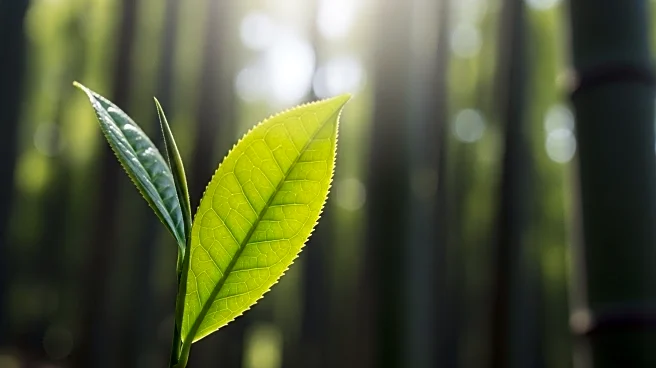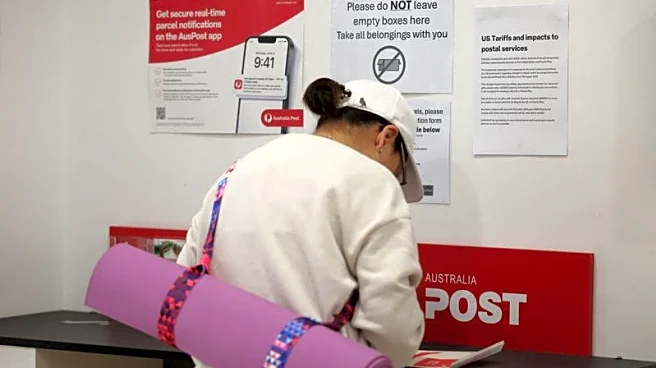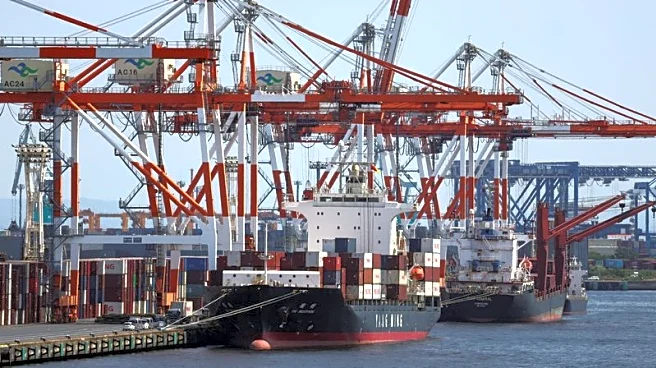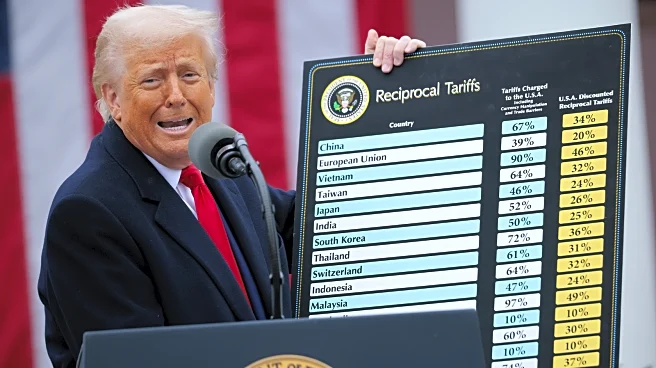What is the story about?
What's Happening?
A surge in matcha's popularity has led to a global shortage, driven by high demand and limited production in Japan. Chitose Nagao, who retired from advertising to start a matcha cafe, has seen her shop's matcha supplies sell out quickly due to the craze. Her partnership with Kyoto tea producer Yamamasa Koyamaen has helped her maintain stock despite the shortage. Matcha's reputation as an antioxidant-rich superfood has spread through social media, increasing demand. Japan exported 36.4 billion yen of green tea last year, with 44% going to the U.S. The Japanese government is considering subsidies to encourage more matcha production.
Why It's Important?
The matcha shortage highlights the challenges faced by traditional industries in meeting modern consumer demands. The increased popularity of matcha, driven by health trends and social media, underscores the influence of digital platforms on consumer behavior. The shortage may impact global supply chains and pricing, affecting businesses reliant on matcha products. The Japanese government's potential subsidies reflect efforts to support aging farming communities and adapt to changing market dynamics.
What's Next?
The Japanese government may implement subsidies to boost matcha production, addressing the strain on farming communities. This could lead to increased matcha availability and stabilize prices. Businesses may explore alternative sourcing strategies or product diversification to mitigate the impact of the shortage. The continued popularity of matcha may drive innovation in product offerings and marketing strategies.
AI Generated Content
Do you find this article useful?
















